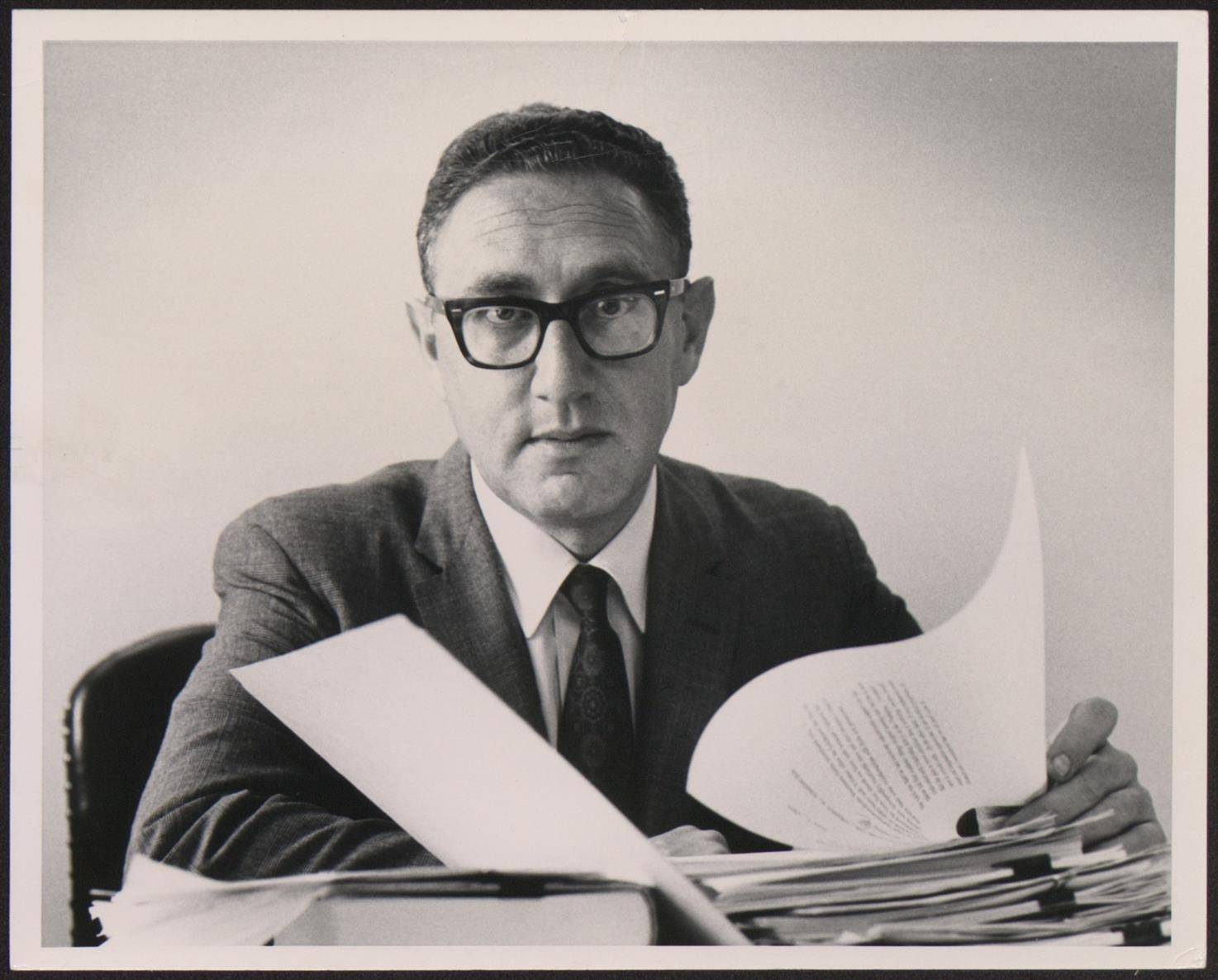As the world mourns the recent passing of Henry Kissinger, a seasoned diplomat and strategic thinker, it’s worth revisiting some of his insights that could serve as an unexpected lesson for the most unexpected situations. Earlier this year, Kissinger made an intriguing statement regarding the Ukraine war, urging us to contemplate the potential repercussions of providing Ukraine with advanced Western arms and technology. His unique perspective raised the critical question: What if the country’s politics took an unexpected turn, posing a threat to Europe? It was a unique question from Kissinger no one was asking. This scenario, though hypothetical, underscores the importance of contingency planning—something that extends far beyond the realm of international politics.
Contingency planning is a concept that often elicits nods of acknowledgment but is frequently underestimated in its practical application. For dental and orthodontic practice leaders, preparing for unforeseen circumstances is just as crucial as any other aspect of our day-to-day tasks and procedures.
The Kissinger Conundrum: Unanticipated Threats on the Horizon
While Kissinger’s remarks might seem like an unusual starting point for a discussion within the dental field, the essence lies in the foresight required to identify potential threats and formulate plans to mitigate them. In a parallel vein, dental practitioners should consider unforeseen challenges that could impact their practices, ranging from technological disruptions to sudden fluctuations in new patient volume.
Dentists and orthodontists, much like diplomats navigating the complexities of international relations, must craft meticulous contingency plans to shield their practices from unexpected risks and operational disruptions. As a leader in professional practice, your arsenal of preparation might not involve geopolitical negotiations, but it does entail safeguarding your practice against a myriad of potential disruptions.
1. Patient Volume Fluctuations:
You can assess drops in new patient volume and diversify marketing strategies. Also, you could implement patient retention programs to ensure continued loyalty and word of mouth referrals. This is especially important for offices with high overhead because it is impossible to sustain drops in new patient volume and healthy operating cashflow on razor-thin margins. But how would you know when to take these actions? In other words, what would trigger a contingency plan? Think about inbound communication and lead generation, collections, production and new patient volume. What would automatically happen on the first day and first week of your contingency plan in order to help bolster these key performance indicators? What end-plan triggers have you established and written down as a team for each area of the practice?
2. Technological Hiccups:
What steps does your office follow in the event of internet outages? How prepared are you for potential disruptions due to cybersecurity breaches? If your radiology equipment goes down in the middle of a busy afternoon, what happens? Do you have a plan written down and rehearsed by the team. Are key roles identified and responsibilities assigned? Who does what, when?
3. Pandemics and Public Health Crises:
We all know why it is important to establishing health and safety protocols to navigate pandemics, but how many of us were prepared in 2019? How can you ensuring a seamless transition to telehealth services if physical appointments are compromised in the future? What plans are written down and agreed upon by your team for remote work? Contingency planning in these scenarios not only provide exceptional service to your patients and allow your team to continue working but they also serve as a competitive advantage over weaker firms in the marketplace.
4. Infrastructure Failures:
Have you developed contingency plans for water outages or other infrastructure failures? How quickly could your business adapt if eminent domain disrupted the traffic pattern, transit and/or parking capacity for your clinics?
To assist dental professionals in their journey towards preparedness, we’ve provided a link to a sample contingency plan tailored to address drops in patient volume and a blank template. This can serve as a starting point, guiding you through the process of identifying potential threats and formulating proactive responses for your practice.
As we reflect on the unexpected insights offered by Henry Kissinger, let us not forget the valuable lesson embedded in his words—a lesson that transcends international relations and resonates deeply with the essence of contingency planning for all organizations. As dentists and orthodontists, the ability to navigate uncertainty is not just a skill; it is a responsibility to the patients and communities you serve. By embracing the principles of contingency planning, you can ensure that your practice remains resilient in the face of the unknown, just as Kissinger encouraged us to do on a global scale.

Leave a Reply